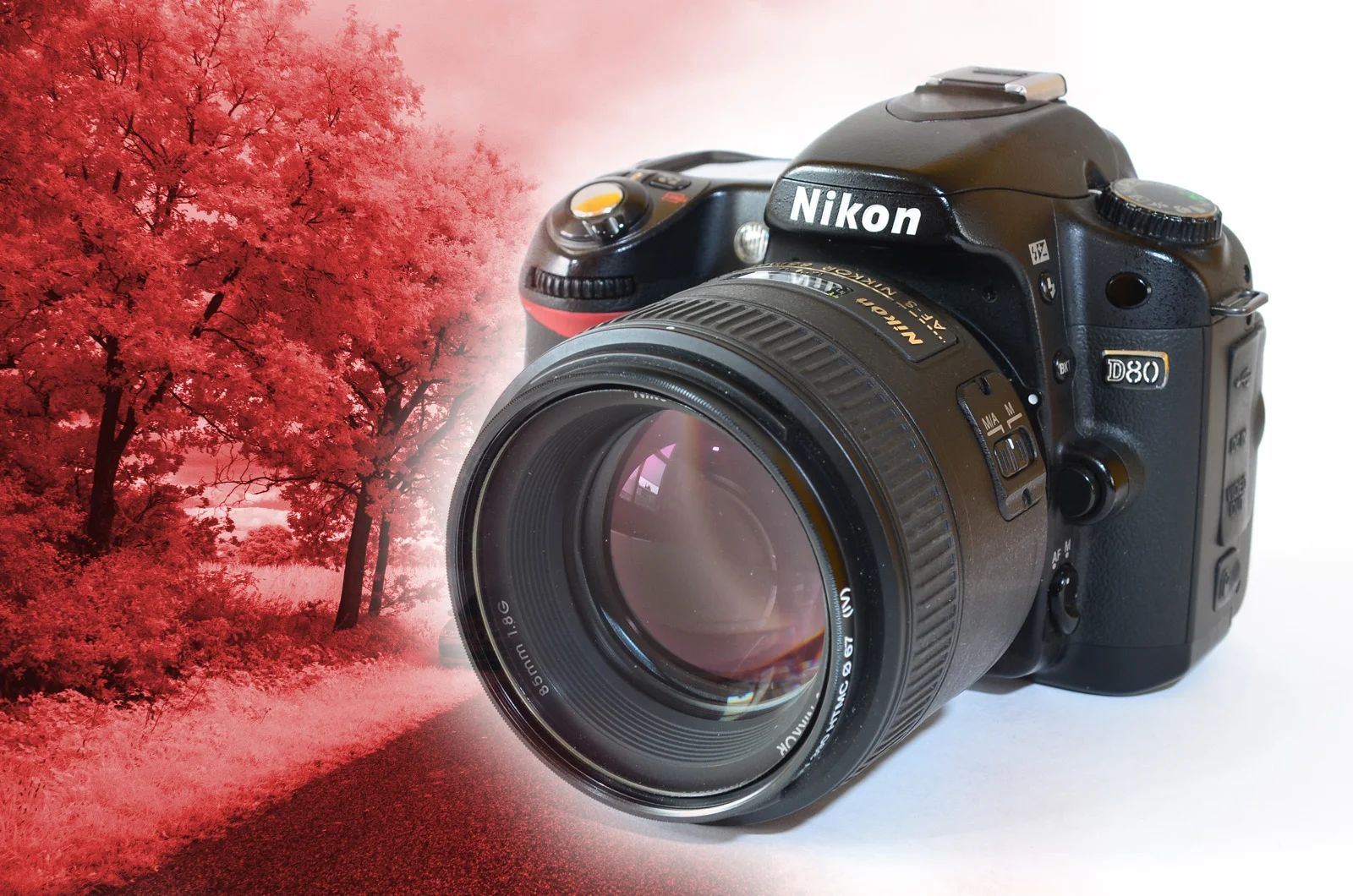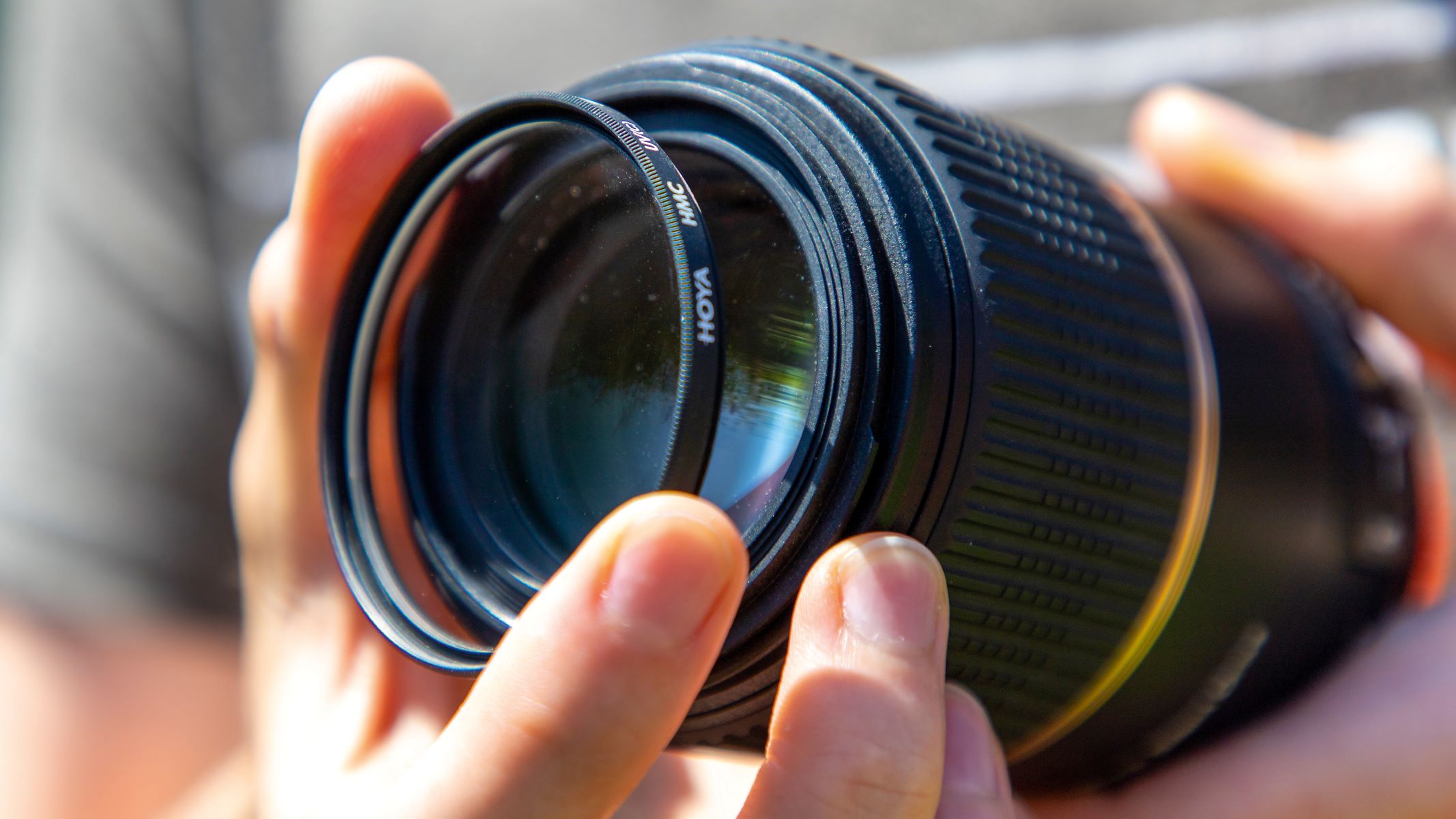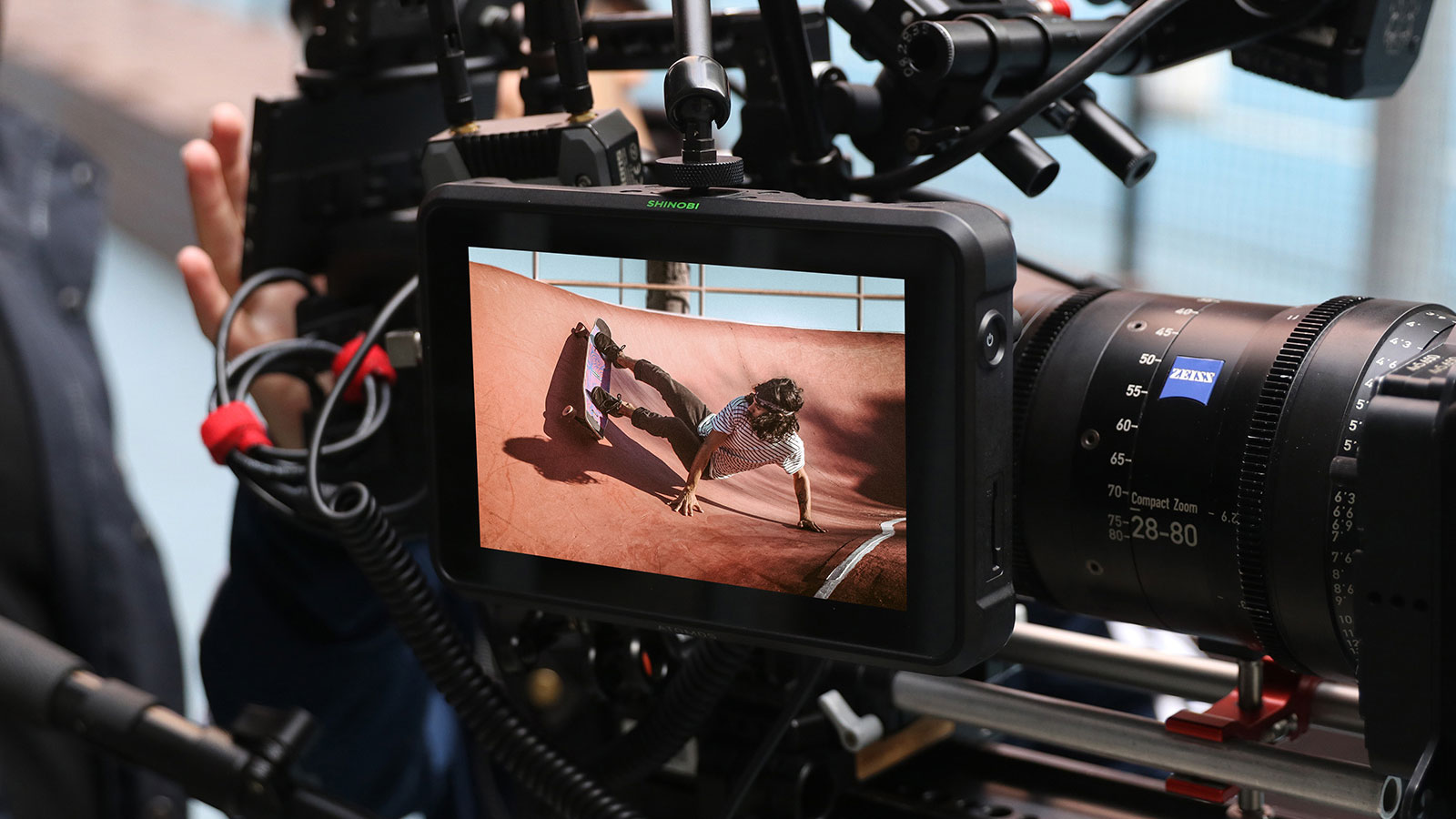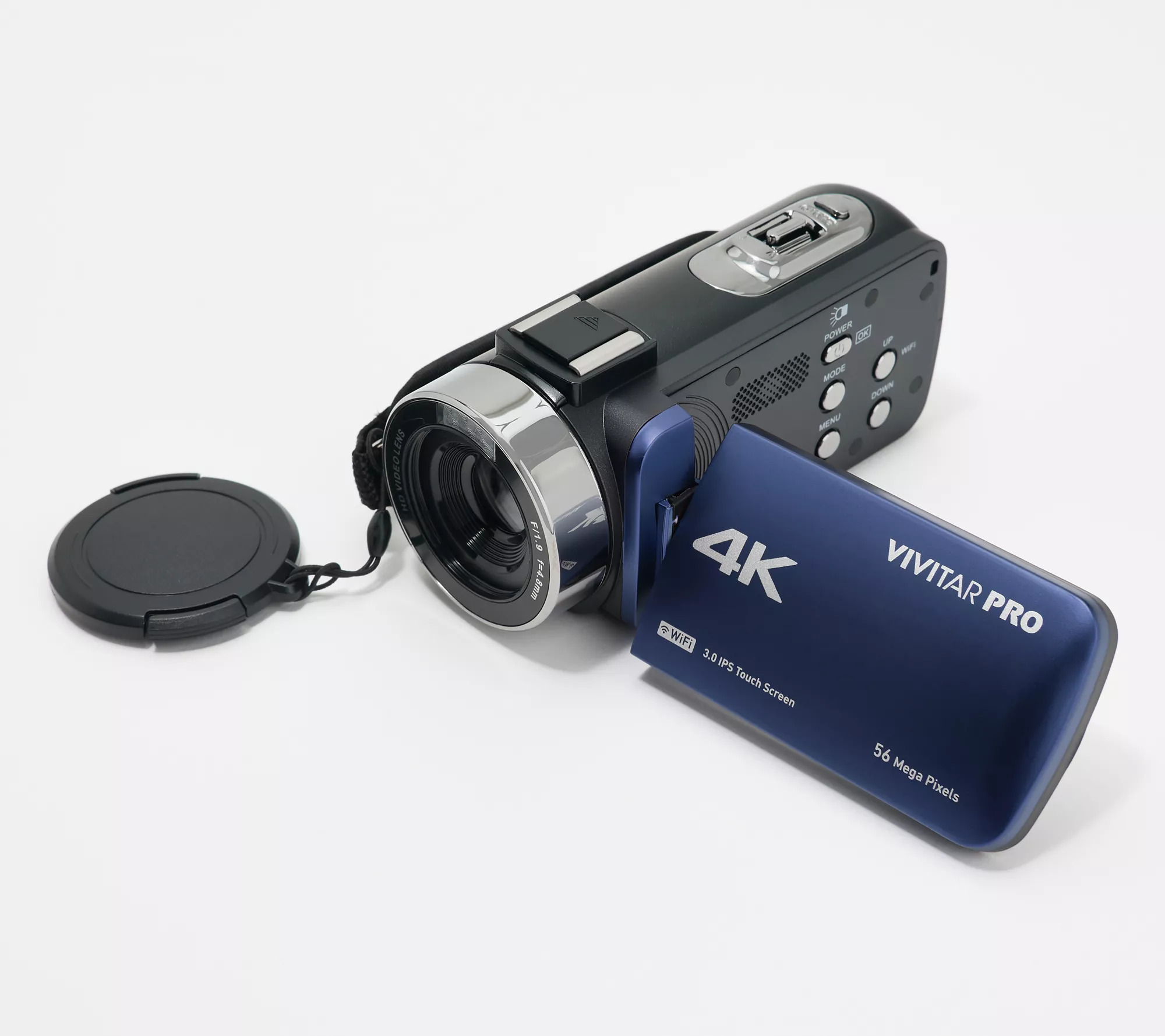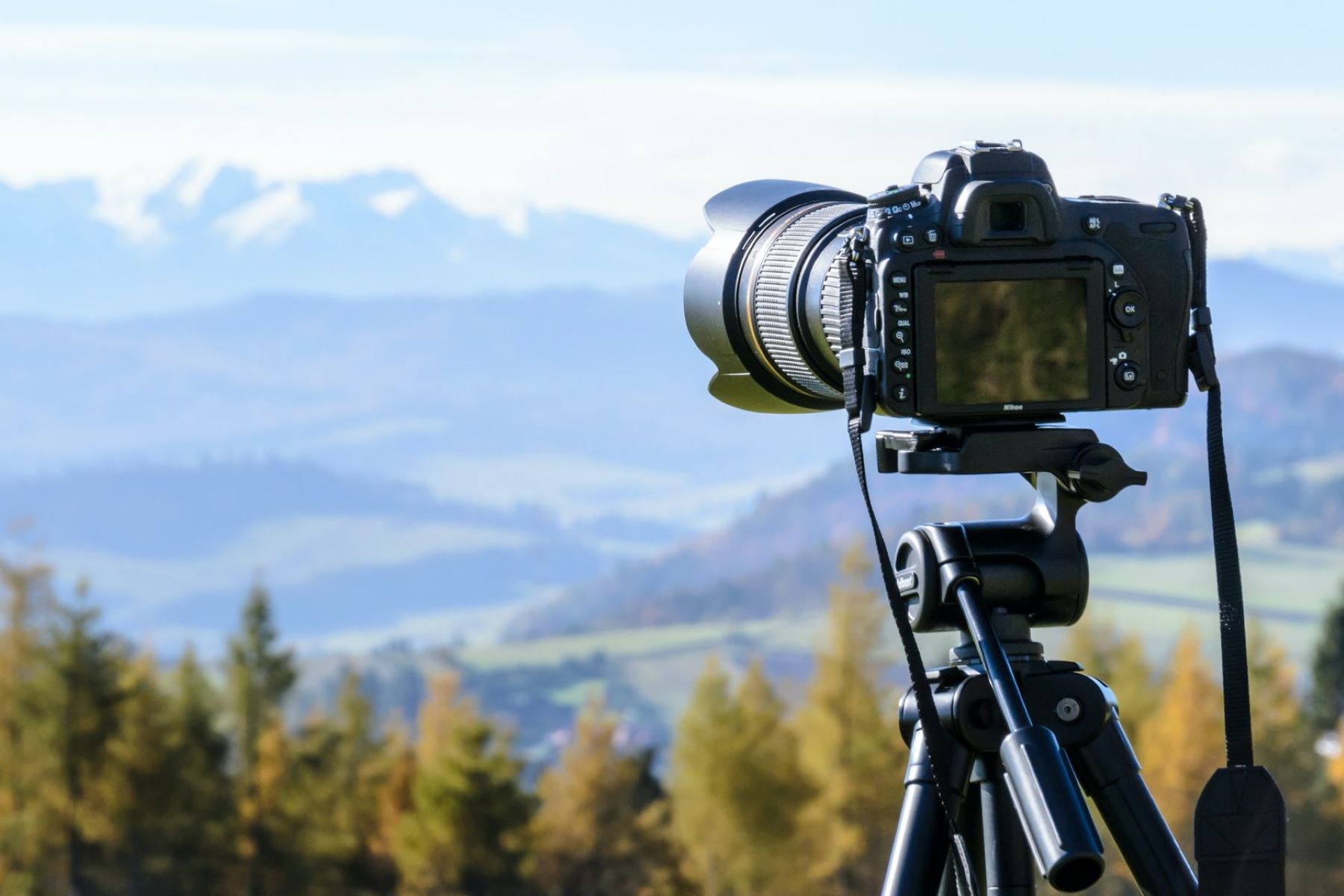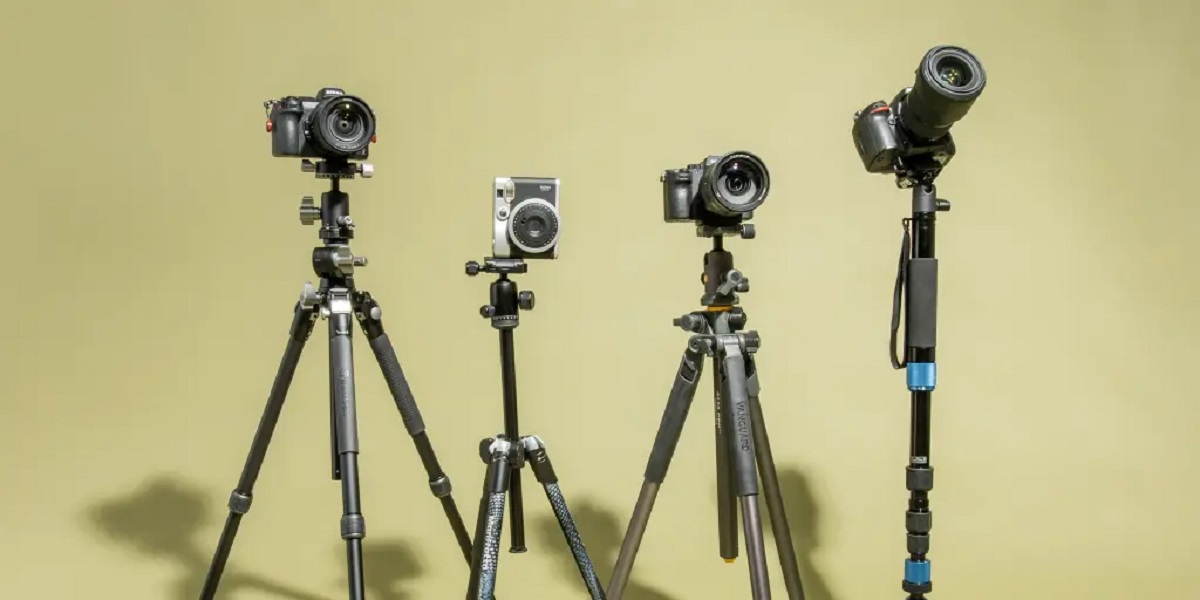Introduction
Are you looking to explore a whole new dimension of photography? Infrared photography might just be the creative avenue you've been seeking. By converting a DSLR camera to capture infrared light, you can unveil a world filled with surreal landscapes and dreamlike portraits. In this guide, we'll walk you through the process of transforming your DSLR camera to capture infrared images, opening up a realm of artistic possibilities.
Infrared photography involves capturing light that falls outside the visible spectrum, resulting in ethereal and captivating images. By modifying a DSLR camera to be sensitive to infrared light, you can produce striking photographs with a unique, otherworldly quality. This guide will provide you with the knowledge and techniques needed to embark on this fascinating photographic journey.
With the right equipment and a bit of technical know-how, you can transform your DSLR camera into a powerful tool for capturing the hidden beauty of the infrared world. Whether you're a seasoned photographer looking to expand your creative horizons or an enthusiastic beginner eager to delve into the realm of infrared photography, this guide will equip you with the essential information to get started.
So, grab your DSLR camera and let's embark on an exciting adventure into the captivating realm of infrared photography.
Understanding Infrared Photography
To embark on the journey of creating infrared images, it’s essential to grasp the fundamental concepts of infrared photography. Unlike standard photography that captures visible light, infrared photography involves capturing light beyond the visible spectrum, typically in the near-infrared range. This results in images that exhibit surreal, dreamlike qualities, with foliage appearing as white or light-toned and the sky taking on a dramatic, dark appearance.
Understanding the behavior of infrared light and how it interacts with different surfaces is crucial for achieving captivating results. Infrared light penetrates atmospheric haze and can be reflected by foliage, giving it a distinctive appearance in photographs. Additionally, certain materials, such as fabrics and plastics, may appear transparent or reflective in infrared images, adding an intriguing dimension to your compositions.
By mastering the unique characteristics of infrared light, photographers can create visually stunning images that convey a sense of mystery and enchantment. This form of photography offers a fresh perspective on familiar subjects, revealing hidden details and textures that are invisible to the naked eye.
As you delve into the realm of infrared photography, you’ll discover the enchanting interplay of light and shadow, the ethereal glow of foliage, and the captivating contrast between the sky and landscape. Understanding these distinctive qualities will enable you to harness the full creative potential of infrared photography, allowing you to capture scenes in a way that transcends traditional visual representation.
With a solid grasp of the principles that govern infrared photography, you’ll be well-equipped to embark on the next steps of this captivating photographic journey.
Choosing the Right Camera
When venturing into the realm of infrared photography, selecting the right camera is a crucial first step. Not all cameras are equally suited for infrared conversion, so it’s essential to consider a few key factors to ensure optimal results.
First and foremost, look for a DSLR camera with a full-frame or APS-C sensor. These larger sensors are better equipped to capture infrared light effectively, resulting in higher-quality images with enhanced detail and tonal range. Additionally, cameras with higher megapixel counts can yield sharper and more detailed infrared photographs, making them a preferred choice for this specialized form of photography.
Another important consideration is the availability of infrared conversion services for the chosen camera model. Some camera models are more widely supported by professional conversion services, which can significantly streamline the process of modifying the camera to capture infrared light. Researching the availability of conversion options for your prospective camera can save you time and effort in the long run.
Furthermore, the camera’s compatibility with infrared filters and accessories should be taken into account. Look for a camera that allows for easy attachment of external infrared filters, as this will expand your creative flexibility when capturing infrared images in varying lighting conditions.
Finally, consider the camera’s overall performance and usability. Opt for a camera that not only excels in capturing infrared light but also meets your requirements for standard photography. A reliable autofocus system, intuitive controls, and a durable build are all desirable qualities to look for in a camera for infrared photography.
By carefully considering these factors and conducting thorough research, you can select a camera that aligns with your creative vision and technical needs, setting the stage for successful forays into the captivating realm of infrared photography.
Disabling the Infrared Filter
One of the essential steps in converting a DSLR camera for infrared photography is disabling the built-in infrared filter, also known as the hot mirror or IR cut filter. This filter is designed to block infrared light from reaching the camera’s sensor, allowing only visible light to be captured. By bypassing or removing this filter, the camera becomes sensitive to infrared wavelengths, enabling the creation of captivating infrared images.
Modifying the camera’s infrared filter typically involves two main approaches: filter removal or filter replacement. Filter removal entails physically removing the existing infrared filter from the camera’s sensor assembly, allowing infrared light to reach the sensor unimpeded. This method requires precision and technical expertise, making it best suited for experienced professionals or skilled technicians.
Alternatively, filter replacement involves substituting the original infrared filter with a specialized infrared-passing filter. This replacement filter is designed to transmit infrared light while blocking visible light, effectively transforming the camera into a dedicated infrared imaging device. Professional conversion services often offer this option, ensuring the proper installation of the infrared-passing filter for optimal performance.
It’s important to note that modifying the infrared filter of a DSLR camera requires meticulous attention to detail and a thorough understanding of the camera’s internal components. Due to the intricate nature of this process, it’s advisable to seek assistance from experienced technicians or reputable conversion services to ensure the modification is carried out with precision and expertise.
By disabling the infrared filter in your DSLR camera, you unlock its potential to capture the enchanting world of infrared light, paving the way for the creation of mesmerizing and ethereal infrared photographs.
Testing Your Infrared Camera
Once you have modified your DSLR camera for infrared photography, it’s crucial to conduct thorough testing to ensure optimal performance and image quality. Testing your newly converted infrared camera allows you to familiarize yourself with its unique characteristics and capabilities, providing valuable insights for capturing stunning infrared images.
Begin by capturing test shots in a variety of lighting conditions to gauge how the camera responds to different levels of infrared light. Experiment with outdoor scenes featuring foliage, landscapes, and architectural elements, as these subjects often yield striking results in infrared photography. Pay close attention to the tonal range, contrast, and overall aesthetic of the images to assess the camera’s infrared sensitivity and imaging capabilities.
Additionally, testing the camera’s performance at different times of day can reveal how it interprets infrared light during varying natural lighting conditions. Morning and evening light, as well as midday sun, can produce distinct infrared effects, showcasing the camera’s adaptability to different lighting scenarios.
Furthermore, evaluating the camera’s infrared filter and white balance settings is essential for achieving accurate and consistent results. Adjusting the white balance to accommodate the unique color rendition of infrared light is crucial for producing visually compelling images with natural-looking tones and contrasts.
Conducting test shots with different infrared filters, such as standard, deep red, or infrared-passing filters, can also provide valuable insights into the creative possibilities offered by each filter type. By experimenting with various filters, you can tailor the camera’s response to specific wavelengths of infrared light, expanding your creative repertoire in infrared photography.
Finally, reviewing the test images on a calibrated monitor or display will allow you to assess the overall image quality, tonal rendition, and fine details captured by the infrared camera. This critical evaluation enables you to fine-tune your shooting techniques and camera settings for optimal results in future infrared photography endeavors.
By thoroughly testing your infrared camera and familiarizing yourself with its performance characteristics, you’ll be well-prepared to embark on captivating photographic ventures, capturing the enchanting allure of the infrared world with confidence and creativity.
Tips for Shooting Infrared Photos
Shooting infrared photos presents a unique set of challenges and opportunities, requiring a thoughtful approach to composition, lighting, and camera settings. By incorporating the following tips into your infrared photography endeavors, you can elevate your images to new artistic heights and capture the mesmerizing allure of the infrared spectrum.
- Embrace Contrast: Infrared light interacts with the environment in distinctive ways, often leading to pronounced contrasts between foliage, sky, and other elements. Embrace the striking contrast between light-toned foliage and dark, dramatic skies to create visually captivating compositions.
- Optimal Lighting Conditions: Consider shooting infrared photos during the golden hours of sunrise and sunset, as well as under clear, sunny skies. These lighting conditions can accentuate the ethereal qualities of infrared light and produce compelling, evocative imagery.
- Experiment with Composition: Explore unconventional compositions and perspectives to showcase the unique visual effects of infrared photography. Incorporate elements such as reflective surfaces, architectural details, and textured landscapes to add depth and intrigue to your images.
- Utilize Infrared Filters: Experiment with different types of infrared filters to modify the camera’s response to specific wavelengths of infrared light. Deep red and infrared-passing filters can yield distinct tonal renditions and creative effects, allowing for artistic expression and visual experimentation.
- Fine-Tune White Balance: Adjust the camera’s white balance settings to achieve natural-looking tones and accurate color rendition in your infrared images. Fine-tuning the white balance ensures that the unique characteristics of infrared light are faithfully represented, enhancing the visual impact of your photographs.
- Explore Textures and Patterns: Infrared photography accentuates textures and patterns in the environment, revealing intricate details that may be imperceptible in visible light. Look for subjects with compelling textures, such as tree bark, foliage, and architectural surfaces, to add depth and visual interest to your compositions.
- Consider Long Exposures: Experiment with long exposure techniques to capture the subtle movements of foliage and clouds in infrared light. Long exposures can impart a sense of ethereal motion and tranquility to your images, adding a dynamic and immersive quality to the visual narrative.
By integrating these tips into your approach to shooting infrared photos, you can unlock the full creative potential of this captivating photographic genre, capturing scenes imbued with enchanting beauty and evocative allure.
Conclusion
Congratulations on embarking on the captivating journey of infrared photography. By delving into the realm of infrared imaging, you have unlocked a world of artistic expression and visual exploration, where ethereal landscapes, dramatic contrasts, and surreal textures await your creative vision. Through the process of converting a DSLR camera for infrared photography, you have gained the technical expertise and creative insight to capture the mesmerizing allure of the infrared spectrum.
As you venture into the realm of infrared photography, remember that each image is an opportunity to convey the hidden beauty and enchanting qualities of the infrared world. Embrace the unique characteristics of infrared light, from the striking contrast between foliage and sky to the intricate textures revealed in the environment. By integrating the tips and techniques shared in this guide, you can elevate your infrared images to new artistic heights, crafting visual narratives that evoke a sense of mystery and wonder.
Testing and familiarizing yourself with your newly converted infrared camera will provide invaluable insights into its capabilities and performance characteristics, empowering you to capture captivating images in a variety of lighting conditions. Embrace the creative possibilities offered by different infrared filters, experiment with unconventional compositions, and seek out optimal lighting conditions to infuse your infrared photographs with evocative allure and visual impact.
Whether you’re drawn to the dreamlike quality of infrared landscapes, the captivating details revealed in architectural elements, or the enchanting textures found in natural scenes, infrared photography offers a wealth of opportunities for artistic expression and visual storytelling. By immersing yourself in the enchanting world of infrared light, you have embarked on a creative journey that promises to yield captivating and evocative imagery, inviting viewers to experience the world through a unique and mesmerizing perspective.
So, with your converted DSLR camera in hand and a wealth of knowledge at your disposal, step into the realm of infrared photography with confidence and curiosity. Let your creative vision guide you as you capture the enchanting allure of the infrared spectrum, unveiling a world of beauty and wonder that transcends the boundaries of traditional photography.







